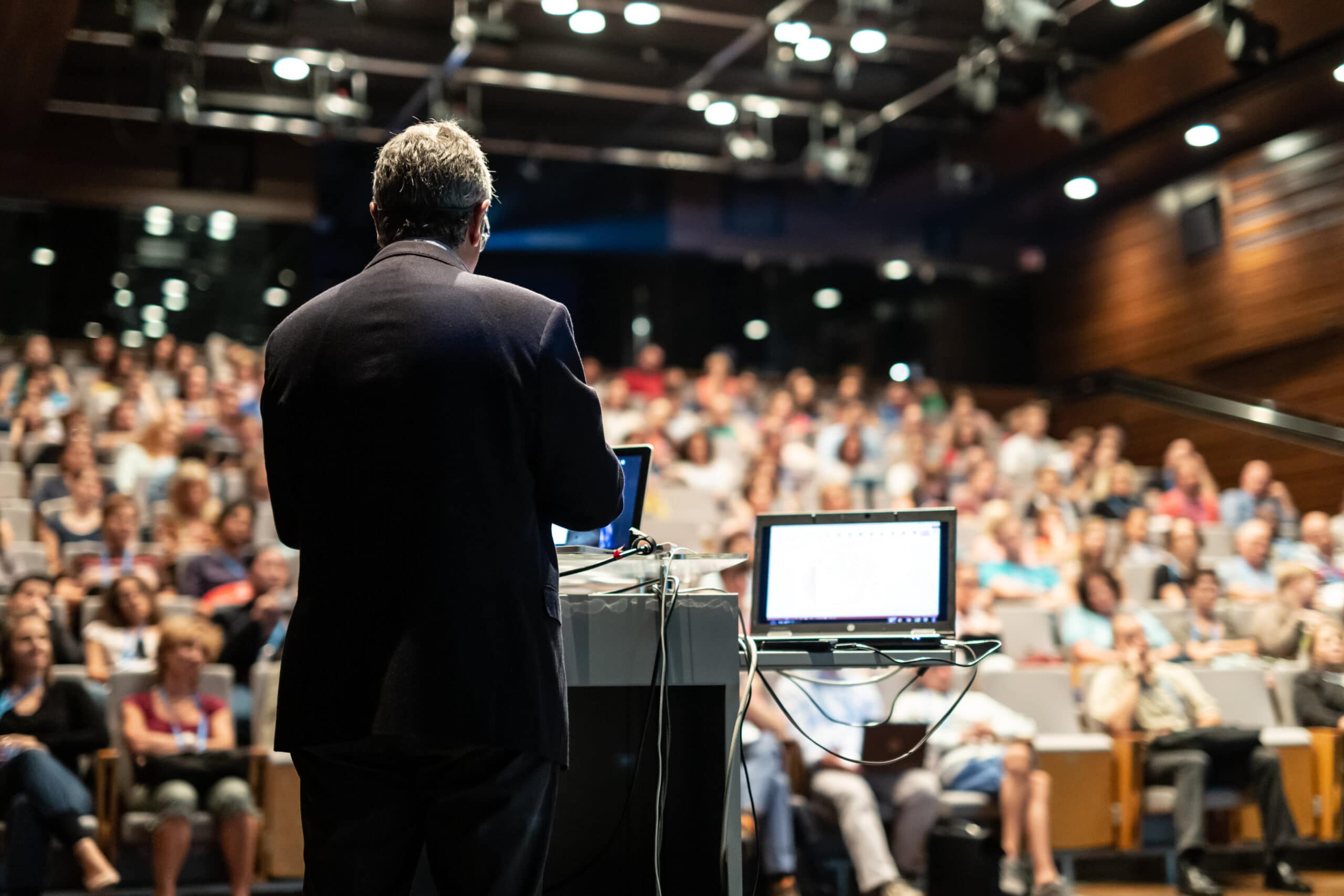As far as conferences go, AWS re:Invent is certainly notable. It’s the absolute center of the Cloud World for a week each year in Las Vegas. But given the physical and virtual split for this year’s conference, I started mulling over: What is re:Invent at its heart?
AWS calls re:Invent an “educational conference.” Given how much it charges for sponsorships, and the sheer number of companies that pay those fees, it’s abundantly clear that it’s also a sales conference.
re:Invent is the place where AWS announces most of the new services it’s launching in a given year. It showcases customer stories. It highlights the AWS community in various ways. And if AWS were to announce today that it’s done with re:Invent, I’m not at all sure that I would miss the event.
I thought about this for a while, and I’m left with the conclusion that my “being over the event” is in no small part because re:Invent has outgrown itself to a point where it doesn’t know what it is anymore. Nowhere is this more apparent than in how AWS is dividing the conference between the physical event in Las Vegas and the virtual equivalent in 2021.
The great divide between in-person re:Invent and virtual re:Invent
Attending re:Invent in person means an expensive hullabaloo with sessions, workshops, networking, and events. In contrast, messaging on the website around this year’s online component distills down to “we’ll put videos of the breakout sessions up on the website the week after the physical conference and livestream the keynotes.”
That’s not a virtual event. That’s a half-baked video dump combined with a livestreaming “experience” that views its primary competition as some streamer in the audience with an iPhone and a YouTube channel.
For more proof that AWS is treating the virtual event as a second-rate afterthought, follow the money. The re:Invent sponsorship prospectus talks about sponsoring the in-person event in terms of eye-popping dollar figures with many zeroes. Meanwhile, its language in the sponsorship prospectus around the virtual re:Invent includes the gem, “We have created several turnkey sponsorships that amplify your presence without dedicating the same level of resources as your in-person execution.”
In other words, AWS’ message isn’t to sponsor virtual re:Invent because it’s got 10 times the audience — it’s to sponsor virtual re:Invent because it’s less expensive.
If there’s one lesson that we can take from the pandemic and online events, it’s that making an event virtual-first dramatically increases its exposure to folks who otherwise wouldn’t attend at all. It takes time, money, and a fair bit of privilege to pay for a $1,800 re:Invent ticket, fly to Las Vegas, stay in a hotel for the better part of a week, and still have a job waiting for you when you return. So far, the best redeeming feature of virtual re:Invent is that it’s free — but only because nobody sensible would pay for this lackluster experience.
What would it empower if virtual viewers were instead treated as the primary audience for re:Invent, not merely an afterthought? More to the point, how do you make a world-class event that doesn’t treat remote attendees as if they were somehow “less than”?
How I would fix virtual re:Invent
I’d start with the breakout sessions, because there are apparently many hundreds of them when all is said and done.
Every re:Invent breakout session has at least one co-presenter who’s an AWS employee. In theory, that’s great, because they’ve been AWS speaker certified. In practice, AWS speaker certification isn’t about making sure someone’s a good speaker — it’s about making sure they won’t get AWS in trouble. While that’s important, it can detract from the talk itself in many ways.
As someone who’s given hundreds of conference talks myself, let me be clear: Giving a multi-presenter talk is significantly harder than going alone. You’ve got to make sure you pass the mike appropriately, don’t have a significant energy mismatch (think “one presenter seems to be falling asleep, whereas the other downed a gallon of coffee right before walking on stage”), and establish a certain degree of onstage chemistry that, frankly, is missing from a lot of talks. The awkwardness of these issues is amplified if you’re viewing a recording of the breakout session from home a week later.
Even a great in-person breakout session can translate poorly when filmed without thought for the camera’s audience. A recording of a live event is a far cry from a digital-first experience. When AWS does host virtual-first events, they’re very much downscaled. Often, there’s no customer presenter at all, just an AWS employee.
I’d also address the problem that there are many hundreds of breakout sessions. The website touts that there will be more than 1,000 hours of content to watch and over 1,500 sessions. It’s great that there’s this universe of content, but you’re left as a customer with the paradox of choice. There are so many; which ones should you watch? People will end up not watching any, and that’s a shame. Instead, I’d offer a curated tour or series of “watch parties” wherein the sessions in question are livestreamed for a few hours and interspersed with commentary from the community, the presenters themselves, and possibly relevant sponsors. Imagine how much fun a “Hi, I’m Corey Quinn, and I’ll be your guide through virtual re:Invent” could be if it had AWS’ full-throated endorsement!
The virtual re:Invent isn’t living up to its potential
We got a taste of what online attendees can expect from the all-virtual re:Invent in the midst of the pandemic last year. re:Invent 2020 was basically a static webpage with a couple of embedded videos and a live feed that wasn’t always showing anything remotely live. There was no “guide” through the event. (I’m for hire!) When keynotes started, there was no notification to folks elsewhere on the re:Invent website to go watch. There was no centralized place to “mingle” digitally with other attendees. They had a group chat; I got all of three messages asking if I was in fact Corey Quinn. “Disappointing” doesn’t quite cover it.
There was nothing at re:Invent 2020 around what a virtual event can and should be about: the kind of education that comes from talking to other members of the technical community, facilitating introductions for like-minded people, and reminding everyone that this industry is vast.
There’s a lot I’d do to also change the physical conference, but all of that takes a backseat to an unfortunate reality that needs to be treated like the burning fire in the building that it is: AWS is an internet company that’s lost sight of what that means. re:Invent doesn’t know what it is in the best of times; in a purely virtual sense, it feels adrift and very lost. As a whole, re:Invent leaves AWS in the unenviable position wherein the internet experience of its conference has historically been mostly crap.





